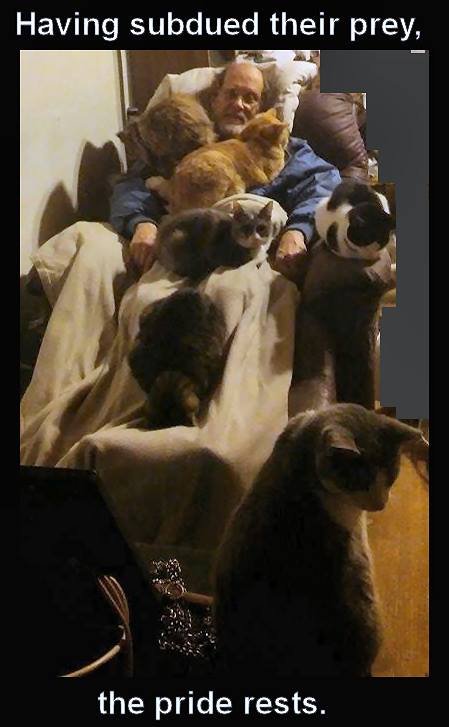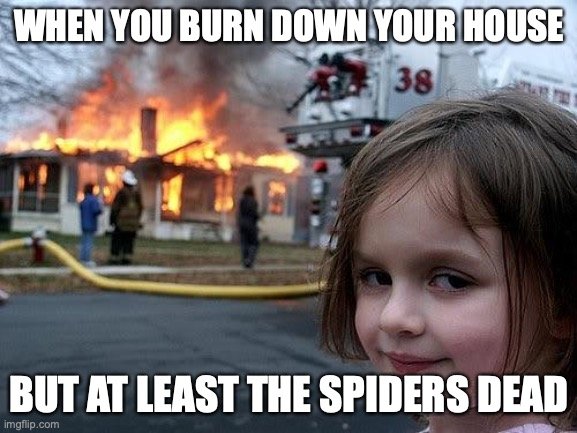-
Posts
2,926 -
Joined
-
Last visited
Content Type
Profiles
Forums
Gallery
Events
Everything posted by thibaultron
-

Cleaning and Priming metal
thibaultron replied to Cleat's topic in Metal Work, Soldering and Metal Fittings
What flux is that? I have a large number of HO track switches to build, that will be soldered to PC board ties, during construction. A nice cleanable well working flux would be helpful. -

Hi Everyone from Savannah GA
thibaultron replied to bgilbertsound's topic in New member Introductions
Welcome! -
I would start with a general Google search, then go to Ebay. Ebay has a Saved Search feature (a highlighted option under the search bar), that once selected, they will send you an email, the morning after the item is listed. I generally also save that type of search to my bookmarks, and check a couple of times a day. Kits from 2004 should not be hard to get, though you may have to search for a while for one to come up.
-

T Rex 36in (90cm) long Skeleton - Finished
thibaultron replied to Old Collingwood's topic in Non-ship/categorised builds
My model was a soft plastic with a paint or rubber color coat, so regular plastic glue did not work. CA did. Try taking the rods out of the tail. -

T Rex 36in (90cm) long Skeleton - Finished
thibaultron replied to Old Collingwood's topic in Non-ship/categorised builds
Having built a similar model, use CA on the joints. The snap together sections are not tight enough to hold everything in position. I tried the white glue/canopy glue method, but that also failed. -
I would suggest adding some wood blocks at the bow.
- 111 replies
-
- Nonsuch 30
- Model Shipways
-
(and 1 more)
Tagged with:
-
I'll be following along, also. I have this kit, the Bismark, and Missouri main turrets, and the Bismark and Missouri secondary kits as well.
-
I'd like to get a good bench top drill press for the smaller drill bits. I know the cheap harbor freight, home depot, etc. ones are nowhere near the quality I need, but don't need the $400 to $1000 ones either, just a good one for modeling. Is the Proxxon or a similar one really "Precision"? Any recommendations? I already have a full sized floor mounted drill press, so just a bench top for light work.
-
I updated/expanded my spreadsheet on calculating the best angle to place your print at for the smoothest surface finish. The new spreadsheet now includes a calculation for what exposure time to use when printing thinner layers. As you decrease layer height, less exposure time is needed to cure the thinner “strip” of resin, as the light has less material to shine though. I’ve also added a new calculation to show the correct angle to place the print on, should you desire a specific layer height, rather than the other one that showed the correct layer height for a specific angle (still included on the sheet). I’m not sure how useful the new calculation will be, but I figured it was good to include it. General Angle Values For Printing Aflat Surface on a Resin Printer_017.xlsx
-
The other day I printed out the case of a resin printer heater designed to fit inside the printing area of the printer. I wanted to insure that it would fit, before buying the two most expensive parts (the heater/fan, and the power supply. It does indeed fit inside my Anycubic Mono 4K, so I'll order the rest of the parts. Once it is built I can Use some of the resins that require 25C/77F, or more, for best results. In the winter I can't get the shop that warm with my space heater, and in the summer the temp will drop at night, and 77F is a little warm for doing any type of physically active work. Here is the video I found on the heater, files are listed in the description block:
About us
Modelshipworld - Advancing Ship Modeling through Research
SSL Secured
Your security is important for us so this Website is SSL-Secured
NRG Mailing Address
Nautical Research Guild
237 South Lincoln Street
Westmont IL, 60559-1917
Model Ship World ® and the MSW logo are Registered Trademarks, and belong to the Nautical Research Guild (United States Patent and Trademark Office: No. 6,929,264 & No. 6,929,274, registered Dec. 20, 2022)
Helpful Links
About the NRG
If you enjoy building ship models that are historically accurate as well as beautiful, then The Nautical Research Guild (NRG) is just right for you.
The Guild is a non-profit educational organization whose mission is to “Advance Ship Modeling Through Research”. We provide support to our members in their efforts to raise the quality of their model ships.
The Nautical Research Guild has published our world-renowned quarterly magazine, The Nautical Research Journal, since 1955. The pages of the Journal are full of articles by accomplished ship modelers who show you how they create those exquisite details on their models, and by maritime historians who show you the correct details to build. The Journal is available in both print and digital editions. Go to the NRG web site (www.thenrg.org) to download a complimentary digital copy of the Journal. The NRG also publishes plan sets, books and compilations of back issues of the Journal and the former Ships in Scale and Model Ship Builder magazines.






